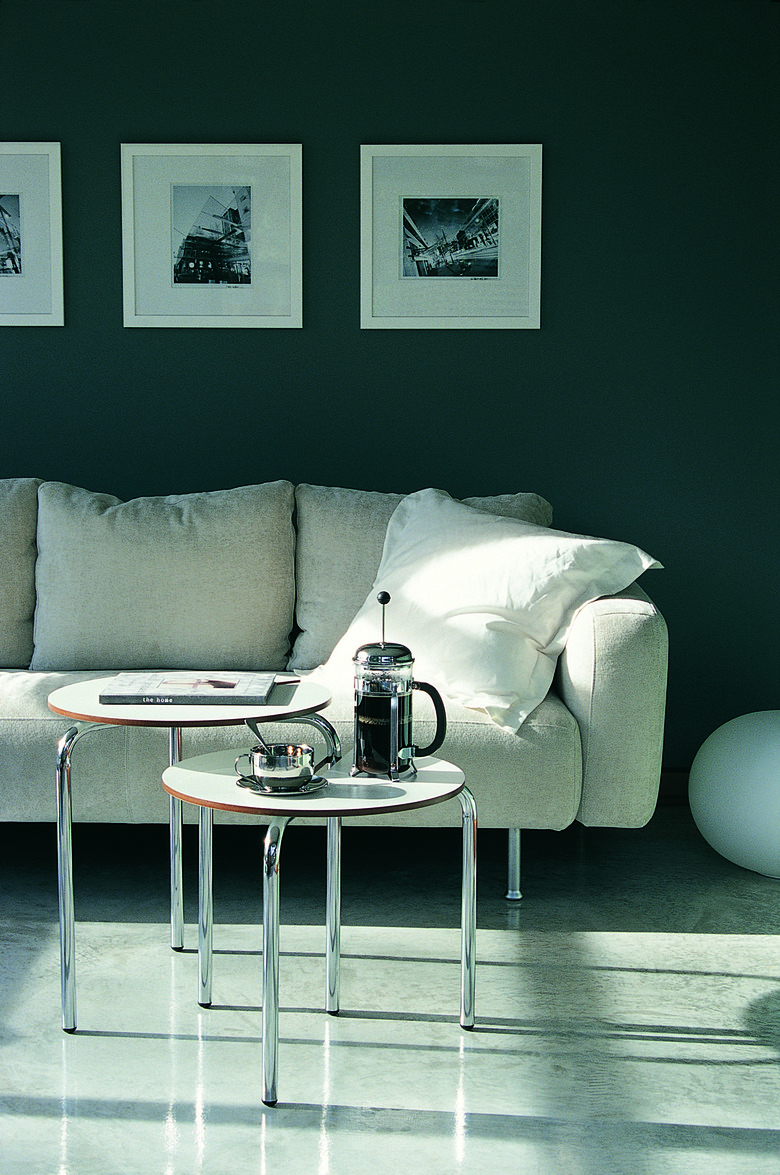Ammonia Smell In The Wall After It Rained
As your home ages, you might notice problems such as strange odors and structural damage that must be addressed. When odors come from within closed spaces, such as walls and ceilings, it is often difficult to determine the cause. Ammonia-like odors have a variety of causes, such as mold growth, which can damage your home and cause serious health problems for those exposed to mold spores.
Causes
Causes
Strong odors inside your home sometimes are an indication that you have a problem with mold. According to the Federal Emergency Management Agency, mold growth produces a variety of odors from earthy or musty to a foul stench. An ammonia-like odor after a period of rain could be caused by mold. Water promotes mold growth, and odors from mold are more noticeable when the area is wet. If you smell mold inside your home, you must remove it at once to avoid damage to your home and adverse health effects. Another possible cause of ammonia-like odors inside your home is cat urine. Normally, cat urine has a weak ammonia odor. Cats that have bacterial infections generally produce a stronger ammonia-like scent. If you have cats inside your home, it is possible their urine near baseboards or underneath furniture could be causing the smell inside your home.
Diagnosis
Diagnosis
Examine your walls to determine if you have mold growth. Mold can be hidden beneath wallpaper and paint, so it might be difficult to diagnose. Mold looks similar to paint splotches in green, black or gray scattered across the surface it is growing on. If mold growth is present, the drywall might be damaged because mold digests materials such as wood and drywall as time goes on. Walls with water stains often have mold growth, because moisture is necessary for mold spores to germinate. If mold is not present, the odor could be caused by cats living in your home. Search your baseboards and carpets for urine stains to determine if this is the cause of the odor.
Effects
Effects
Mold growth significant enough to cause a noticeable foul odor could be damaging to your health. People with prolonged exposure to mold spores can have difficulty breathing or begin wheezing. Those with preexisting respiratory conditions such as asthma could have more severe symptoms and an increase in the frequency of asthma attacks. Your home might also be damaged from mold growth and require expensive repairs. If cat urine is causing a strong ammonia-like odor inside your home, it is best to have your cat examined by a veterinarian to be sure no underlying infections are the cause of the foul odor.
Solutions
Solutions
Homeowners who find mold growing anywhere must remove it as soon as possible. FEMA recommends homeowners have growth larger than 25 square feet removed by a mold remediation specialist. If the area of mold growth is fairly small, you can scrub it away with liquid dish detergent and water. Chlorine bleach and water can be used if your wall is heavily stained with mold. Dry the area thoroughly after removing the mold. After the mold is gone, you must determine the source of moisture and repair it to keep mold from returning. Most mold on interior walls is caused by leaks in the roof. If the moldy area covers most of your wall, it might be caused by excessive humidity inside your home. You can reduce indoor humidity levels by installing ventilation fans in your bathrooms and kitchens. Running a dehumidifier during the hot, humid summer also keeps humidity levels at normal range.
